You are using an out of date browser. It may not display this or other websites correctly.
You should upgrade or use an alternative browser.
You should upgrade or use an alternative browser.
Nuclear Powered Spacecraft
- Thread starter Antonio
- Start date
Forest Green
ACCESS: Above Top Secret
- Joined
- 11 June 2019
- Messages
- 5,093
- Reaction score
- 6,674
Of course, because it has not gone critical yet. I forgot.Properly designed (and frankly there's no reason NOT to design these properly) the NTR should be fine. At this point even if it DOES crack or break nothing in it is really radioactive at this point.
Randy
Having Proton launch just the NTR far from protests would have been nice.
Toxic booster for a toxic payload?
Of course, because it has not gone critical yet. I forgot.Properly designed (and frankly there's no reason NOT to design these properly) the NTR should be fine. At this point even if it DOES crack or break nothing in it is really radioactive at this point.
Randy
Easy to do
Randy
Unreliable launcherHaving Proton launch just the NTR far from protests would have been nice.
Unreliable launcherHaving Proton launch just the NTR far from protests would have been nice.
I think that was part of the point
Randy
- Joined
- 9 October 2009
- Messages
- 19,975
- Reaction score
- 10,472
- Joined
- 21 April 2009
- Messages
- 13,170
- Reaction score
- 6,056
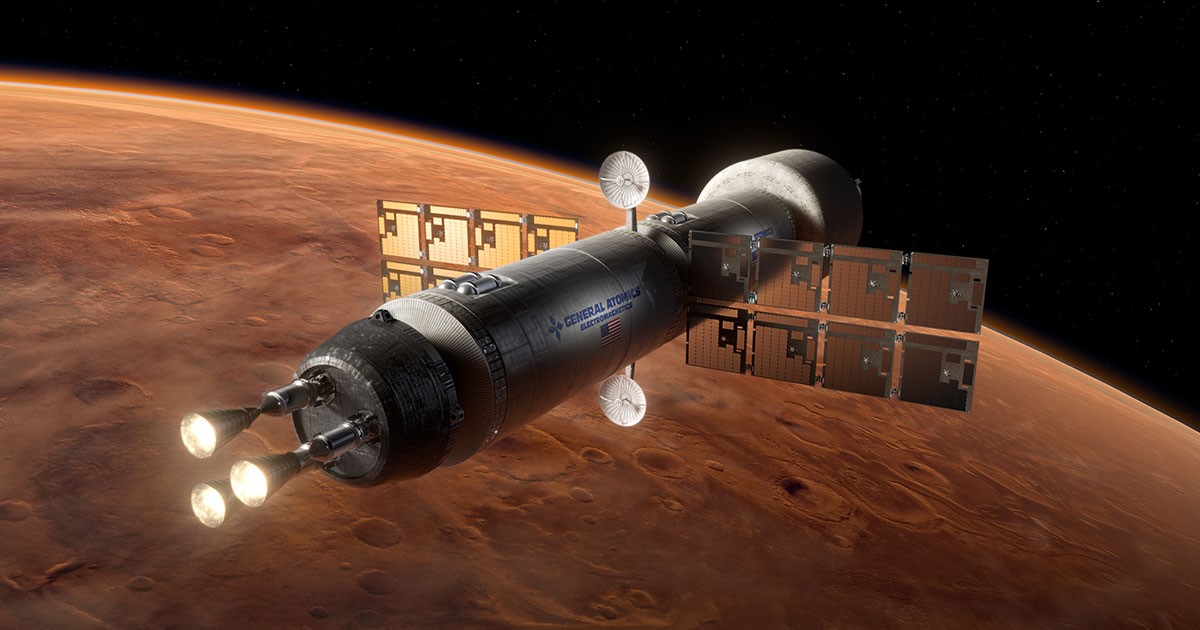
General Atomics Completes DRACO Nuclear Thermal Propulsion S
General Atomics Electromagnetic Systems (GA-EMS) announced today that it has completed major milestones for the Track A, Phase 1 Demonstration Rocket for Agile
Forest Green
ACCESS: Above Top Secret
- Joined
- 11 June 2019
- Messages
- 5,093
- Reaction score
- 6,674
Forest Green
ACCESS: Above Top Secret
- Joined
- 11 June 2019
- Messages
- 5,093
- Reaction score
- 6,674
The date on this article is mind-blowing.
Forest Green
ACCESS: Above Top Secret
- Joined
- 11 June 2019
- Messages
- 5,093
- Reaction score
- 6,674
Nik
ACCESS: Top Secret
- Joined
- 15 July 2009
- Messages
- 1,140
- Reaction score
- 810
A couple of thoughts...
IIRC, a distant cousin in Canada was sprinkled with fall-out from fallen Russian nuclear-reactor powered spy-sat. He was not amused to have his garden 'strip-mined' and hauled to land-fill...
Beyond Earth's geo-tail, the solar wind will sweep 'stuff' out, out and away like comet tail. Complicated by sector changes, and do not want any 'stuff' fetching up at eg Mars due scant magnetic field...
FWIW, that pulsed micro-fusion has yet to 'scale' ??
IIRC, a distant cousin in Canada was sprinkled with fall-out from fallen Russian nuclear-reactor powered spy-sat. He was not amused to have his garden 'strip-mined' and hauled to land-fill...
Beyond Earth's geo-tail, the solar wind will sweep 'stuff' out, out and away like comet tail. Complicated by sector changes, and do not want any 'stuff' fetching up at eg Mars due scant magnetic field...
FWIW, that pulsed micro-fusion has yet to 'scale' ??
- Joined
- 21 April 2009
- Messages
- 13,170
- Reaction score
- 6,056
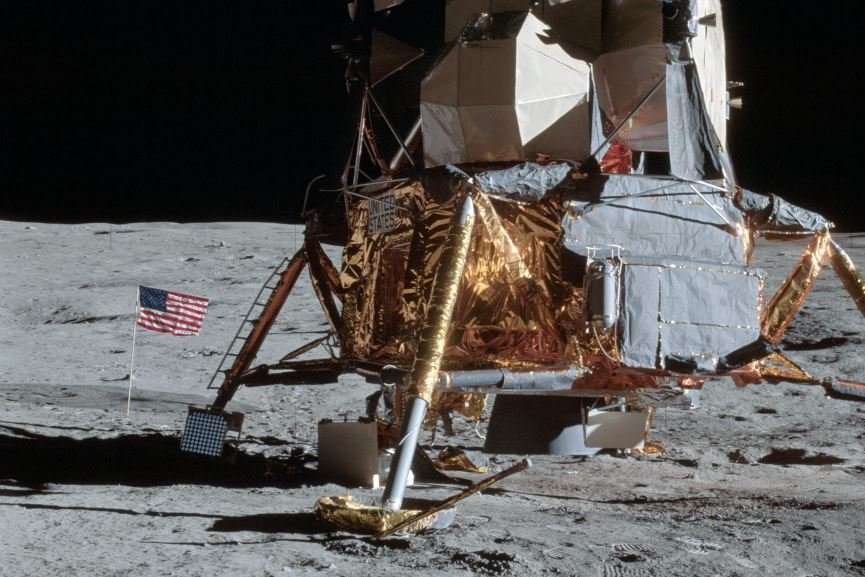
Britain to build first Americium space battery
The British government is collaborating to build the world's first space battery powered by the element Americium-241.
 www.upi.com
www.upi.com
Carlo Rubbia wanted that element for a Mars ship:
https://infinite.mit.edu/video/carlo-rubbia-new-approach-nuclear-space-propulsion”-mit-media-lab-colloquium-series-4142000
And it uses hydrogen—not methane, Elon.
 www.scientificamerican.com
www.scientificamerican.com
A small power plant compared to any fusion monstrosity.
https://infinite.mit.edu/video/carlo-rubbia-new-approach-nuclear-space-propulsion”-mit-media-lab-colloquium-series-4142000
And it uses hydrogen—not methane, Elon.
To Mars in Two Weeks?
A small power plant compared to any fusion monstrosity.
Forest Green
ACCESS: Above Top Secret
- Joined
- 11 June 2019
- Messages
- 5,093
- Reaction score
- 6,674
- Joined
- 21 April 2009
- Messages
- 13,170
- Reaction score
- 6,056
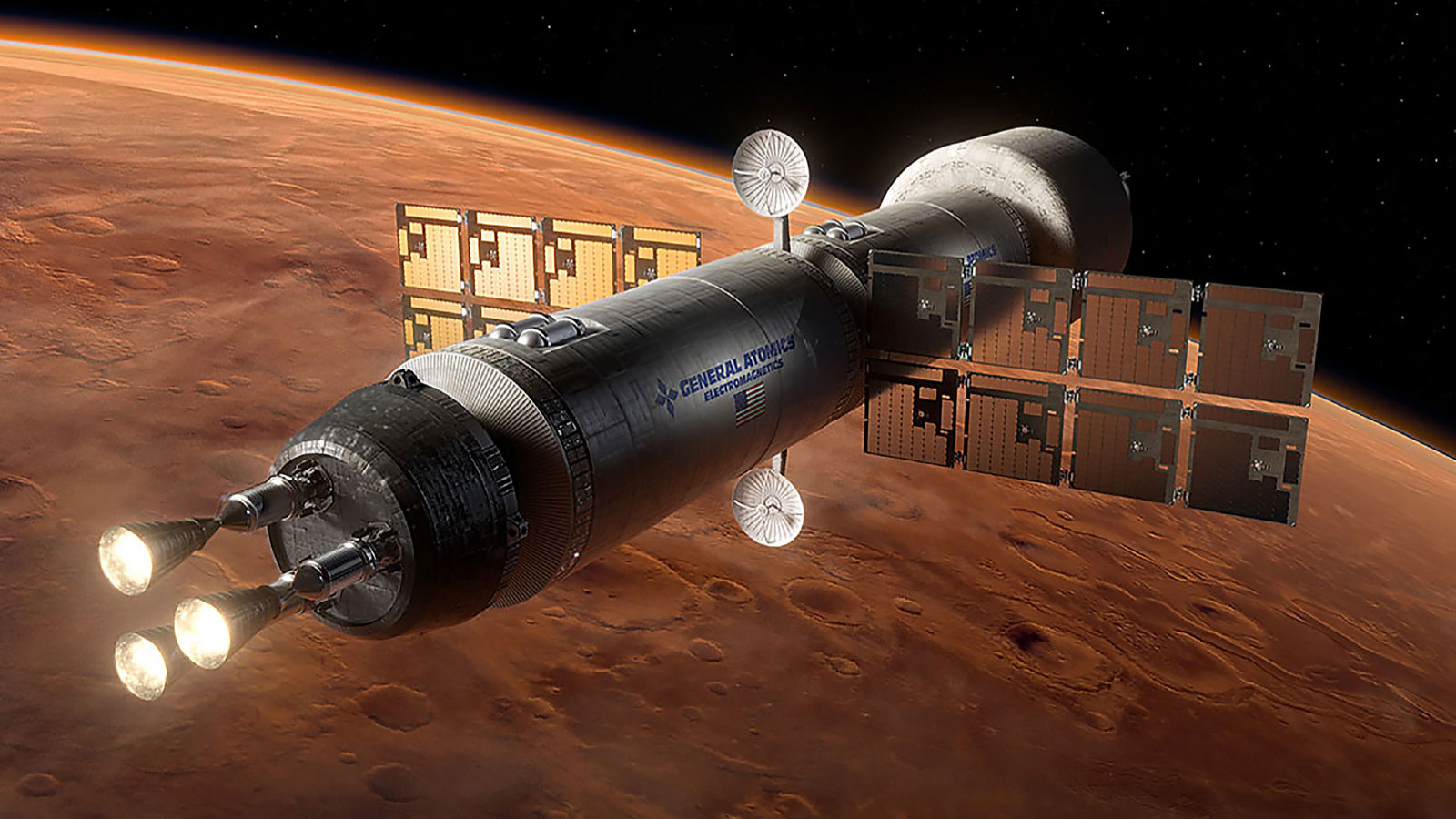
Nuclear rocket redux
The United States has had multiple dalliances over the decades with in-space nuclear propulsion. The latest resurgence of interest is happening right now, driven by the desire to settle the moon and get humans to Mars. Jon Kelvey looks at the odds of success this time around.
Forest Green
ACCESS: Above Top Secret
- Joined
- 11 June 2019
- Messages
- 5,093
- Reaction score
- 6,674
This is big news.
Nuclear rocket redux
The United States has had multiple dalliances over the decades with in-space nuclear propulsion. The latest resurgence of interest is happening right now, driven by the desire to settle the moon and get humans to Mars. Jon Kelvey looks at the odds of success this time around.aerospaceamerica.aiaa.org
With DRACO, DARPA aims to design, build and fly an NTP-powered spacecraft in orbit by fiscal 2026. If all goes as planned, it could serve as the basis of a Space Force fleet of NTP rocket upper stages that could push big satellites around.
Atomos Space of Denver plans to start its business of moving satellites to their operational orbits with solar-powered tugs like the one in this illustration, but eventually shift to a nuclear-powered version. To test how the regulations for launching such a tug work, the company plans to launch a test reactor in the mid-2020s. Credit: Atomos Space
Lockheed Martin last year submitted to DARPA its concept for a nuclear-powered spacecraft for the agency’s Demonstration Rocket for Agile Cislunar Operations, shown here in an illustration. The deliverables of Lockheed Martin’s Phase 1 contract included performance requirements for a nuclear thermal propulsion reactor. Credit: Lockheed Martin
Sounds very much like nuclear is finally happening.
In the past, when Delta II launched GPS and Mars probes—there was this drive to cut the other guy’s project to fund your own…so the payload people would fight the rocket people. We don’t have to think that way any more. With space spending on an eventual ascent…the in-fighting should stop and folks outside the industry can feel the pinch instead.
Not true at all. Where do come up with nonsense like this? When "Delta II was launching GPS and Mars probes", the "rocket people" was the EELV program and the payload people were just waiting for them since they were to replace Delta II, Atlas II and Titan IV. NASA did not contribute any money to the EELV development. And the DOD manages rocket development with a different pot of money from payload. Marshall had no real rocket programs during this timeframe, only X-33 and SLI. The payload people had nothing to with them.In the past, when Delta II launched GPS and Mars probes—there was this drive to cut the other guy’s project to fund your own…so the payload people would fight the rocket people. We don’t have to think that way any more. With space spending on an eventual ascent…the in-fighting should stop and folks outside the industry can feel the pinch instead.
Delta II program was from 1987 to 2011 (end of Cape launches, NASA strung out more 5 launches from Vandenberg over the next 7 years). NASA did not start buying them until 1992 (early ones were bartered from the USAF). This was when the shuttle was still NASA's launch vehicle and ISS had yet to fly. NASA had no need to build other rockets. Because NASA couldn't shuttle for most satellites, NASA looked to industry and bought rides on Delta, Atlas and Titan. So where was this "drive to cut the other guy's project to fund your own"? And what "payload people are fighting what rocket people"?
What information and where did you get it that leads to these conclusions?
Also, the spending that is on ascent is in industry and marketplace and not by the government. The government's remains flat.
Forest Green
ACCESS: Above Top Secret
- Joined
- 11 June 2019
- Messages
- 5,093
- Reaction score
- 6,674
The SUNVOYAGER concept
 www.centauri-dreams.org
www.centauri-dreams.org
Sunvoyager’s Pedigree: On the Growth of Interstellar Ideas
Kelvin Long’s new paper on the mission concept called Sunvoyager would deploy inertial confinement fusion, described in the last post, to drive a spacecraft to 1000 AU in less than four years. The number pulsates with possibilities: A craft like this would move at 325 AU per year, or roughly...
- Joined
- 21 April 2009
- Messages
- 13,170
- Reaction score
- 6,056
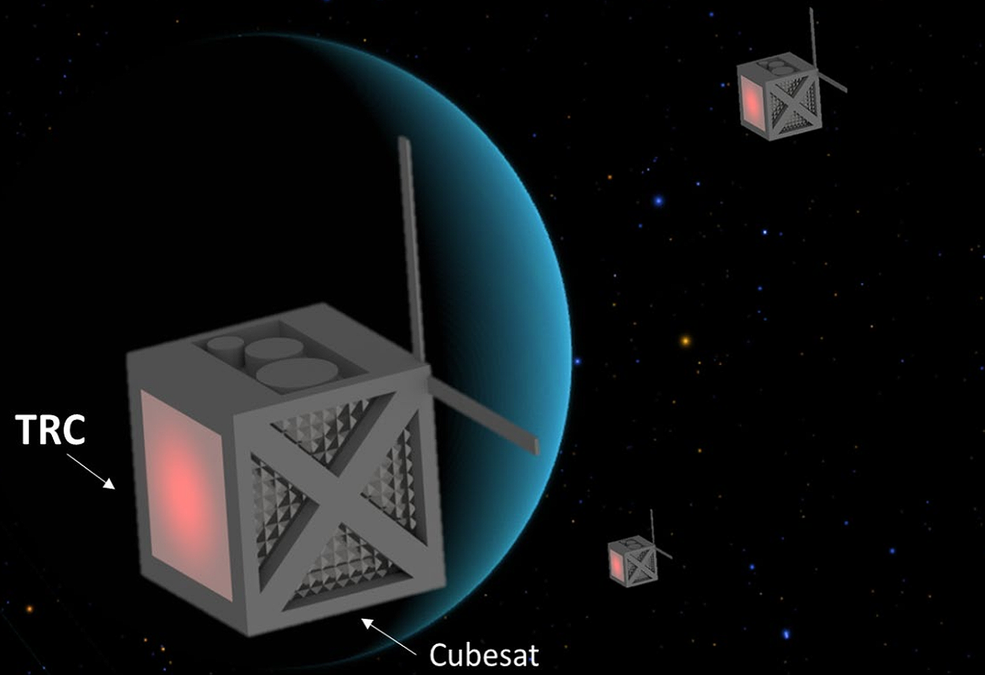
Nuclear Power Cell for Space Satellites that are Cup Size Instead of Dishwasher Size | NextBigFuture.com
A Phase 1 NASA NIAC study will demonstrate the feasibility of a revolutionary power source for missions to the outer planets utilizing a new paradigm in
 www.nextbigfuture.com
www.nextbigfuture.com
X-39
To post or not to post, that is the question
- Joined
- 20 February 2021
- Messages
- 380
- Reaction score
- 875
First 2025, then postponed to 2026 and now the date slid to 2027... Okay i guess:
DARPA, via its Demonstration Rocket for Agile Cislunar Operations (DRACO) program, is collaborating with NASA to build a nuclear thermal rocket (NTR) engine that could expand possibilities for the space agency’s future long-duration spaceflight missions. The goal is to test an NTR-enabled spacecraft in Earth orbit during the 2027 fiscal year. An NTR presents advantages over existing propulsion technologies, such as sending cargo to a new lunar base, humans to Mars, and robotic missions even farther.
“NASA will work with our long-term partner, DARPA, to develop and demonstrate advanced nuclear thermal propulsion technology as soon as 2027. With the help of this new technology, astronauts could journey to and from deep space faster than ever – a major capability to prepare for crewed missions to Mars,” said NASA Administrator Bill Nelson. “Congratulations to both NASA and DARPA on this exciting investment, as we ignite the future, together.”
- Joined
- 9 October 2009
- Messages
- 19,975
- Reaction score
- 10,472
On a related note:

US To Test Nuclear-powered Spacecraft by 2027 - Slashdot
The United States plans to test a spacecraft engine powered by nuclear fission by 2027 as part of a long-term NASA effort to demonstrate more efficient methods of propelling astronauts to Mars in the future, the space agency's chief said Tuesday. From a report: NASA will partner with the U.S...news.slashdot.org
Forest Green
ACCESS: Above Top Secret
- Joined
- 11 June 2019
- Messages
- 5,093
- Reaction score
- 6,674
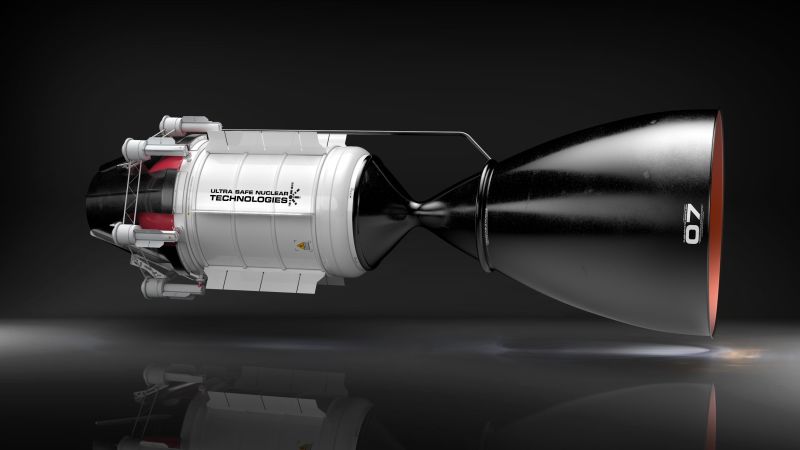
Nuclear-powered rocket could get astronauts to Mars faster | CNN
This rocket engine design, combined with a special fuel, could get humans from Earth to Mars in just three months.
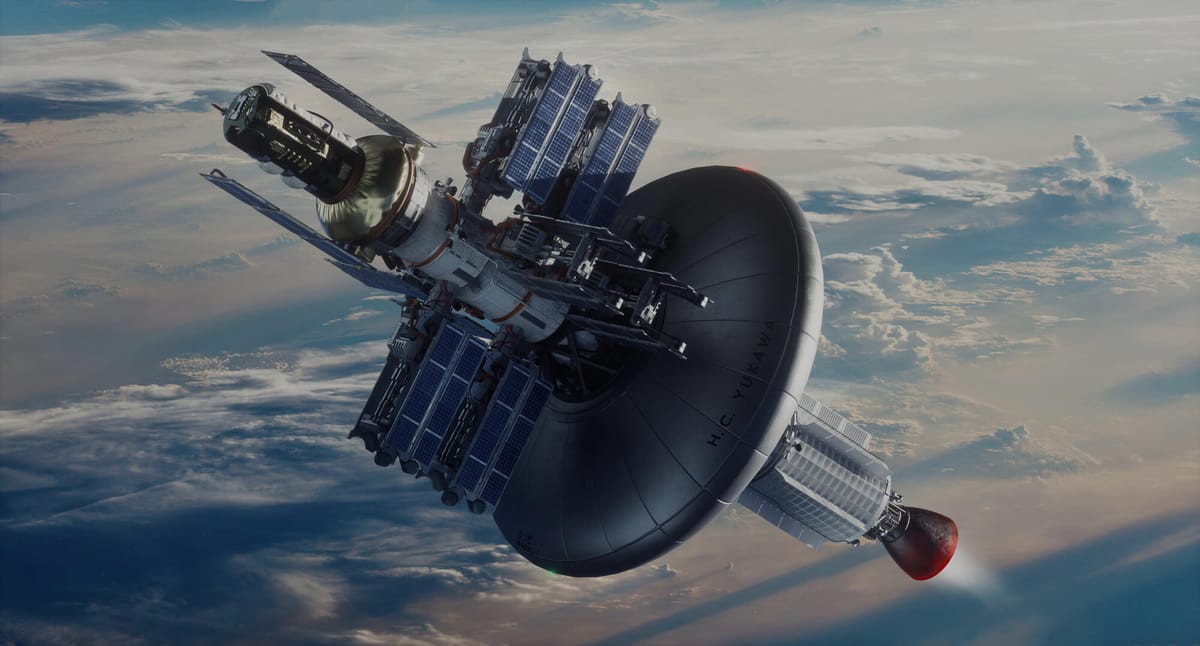
Nuclear Thermal Propulsion
Nuclear Thermal Propulsion was resuscitated in the 2010s by the efforts at USNC to deliver more capable fuels and designs that use LEU and HALEU rather than military HEU. The work continues.
 www.usnc.com
www.usnc.com
Forest Green
ACCESS: Above Top Secret
- Joined
- 11 June 2019
- Messages
- 5,093
- Reaction score
- 6,674
There a way to use an NTR to preheat NEP propellants?
Forest Green
ACCESS: Above Top Secret
- Joined
- 11 June 2019
- Messages
- 5,093
- Reaction score
- 6,674
Forest Green
ACCESS: Above Top Secret
- Joined
- 11 June 2019
- Messages
- 5,093
- Reaction score
- 6,674

USNC-Tech Team Wins Contract to Develop Nuclear Thermal Propulsion System For NASA
NTP Technology Can Enable Human Missions to Mars SEATTLE (USNC-Tech PR) — Idaho National Laboratory has selected USNC-Tech and its partners to develop a nuclear thermal propulsion (NTP) reactor concept design for space exploration: the Power-Adjusted Demonstration Mars Engine (PADME) NTP engine...


Nuclear Thermal Propulsion
Nuclear Thermal Propulsion was resuscitated in the 2010s by the efforts at USNC to deliver more capable fuels and designs that use LEU and HALEU rather than military HEU. The work continues.
 www.usnc.com
www.usnc.com
Nod to Star Wars in the name.
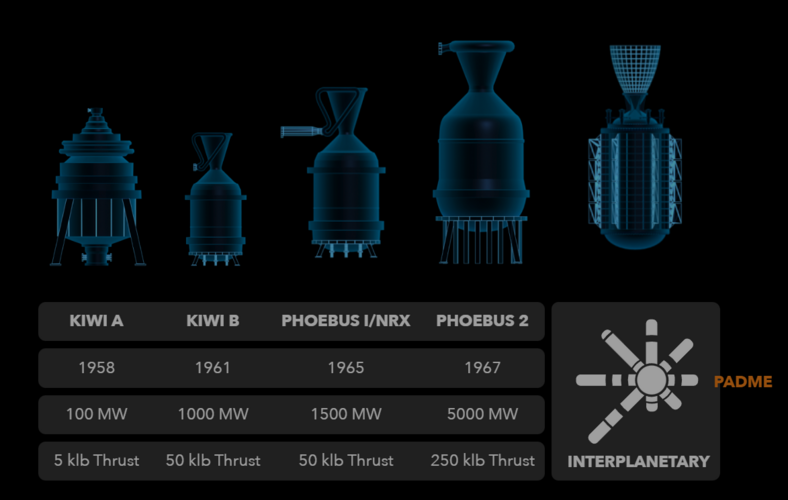
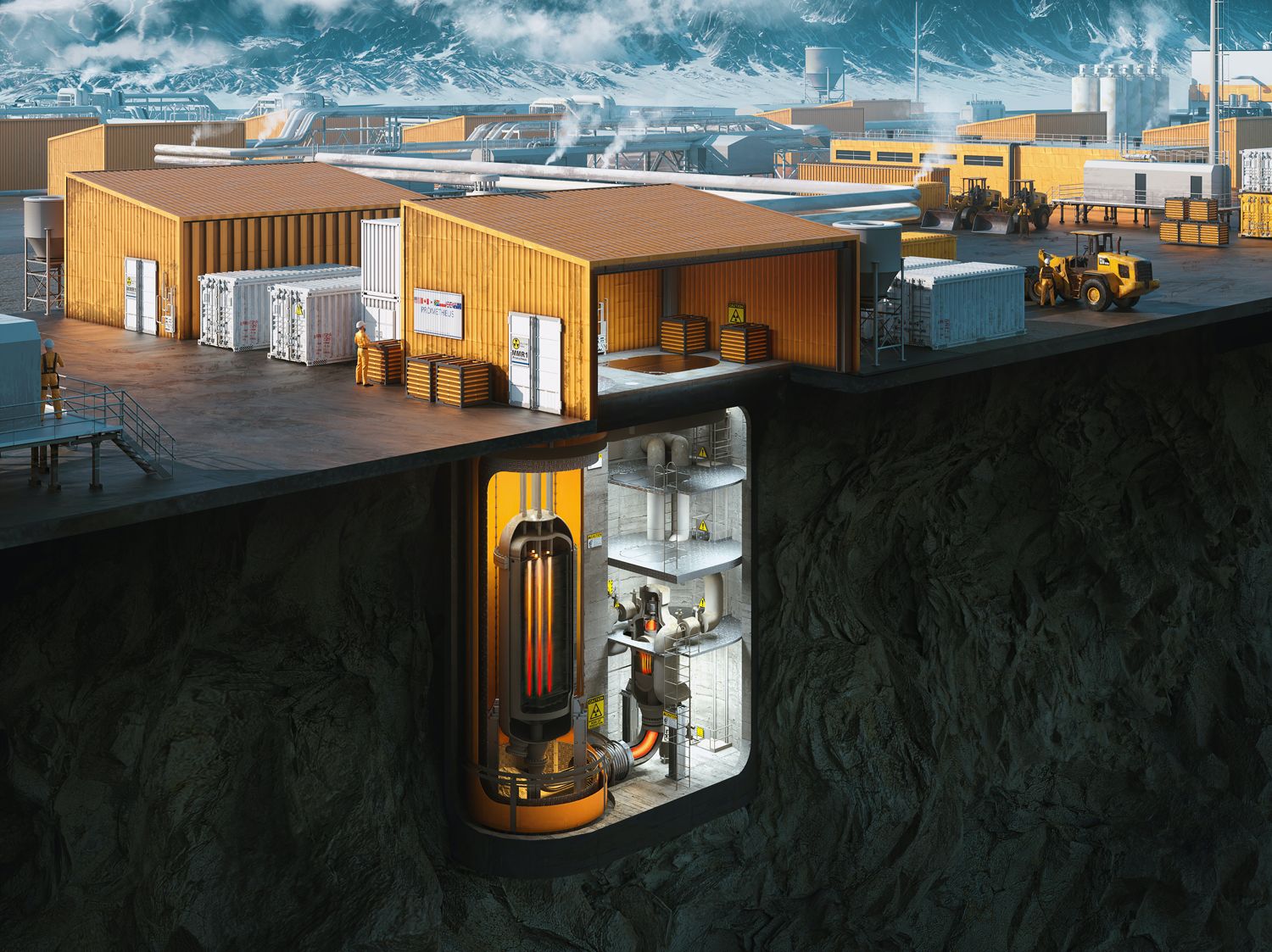
EmberCore
Long duration radioisotope decay battery for missions needing long duration operation far from any other energy sources.
 www.usnc.com
www.usnc.com
Forest Green
ACCESS: Above Top Secret
- Joined
- 11 June 2019
- Messages
- 5,093
- Reaction score
- 6,674
NASA NIAC.There a way to use an NTR to preheat NEP propellants?
Last edited:
- Joined
- 21 April 2009
- Messages
- 13,170
- Reaction score
- 6,056

Packing Aerogel With Uranium Could Give Us The Space Engine We've Been Looking For
Novel propulsion ideas for moving around space seem like they're a dime a dozen recently.
Forest Green
ACCESS: Above Top Secret
- Joined
- 11 June 2019
- Messages
- 5,093
- Reaction score
- 6,674
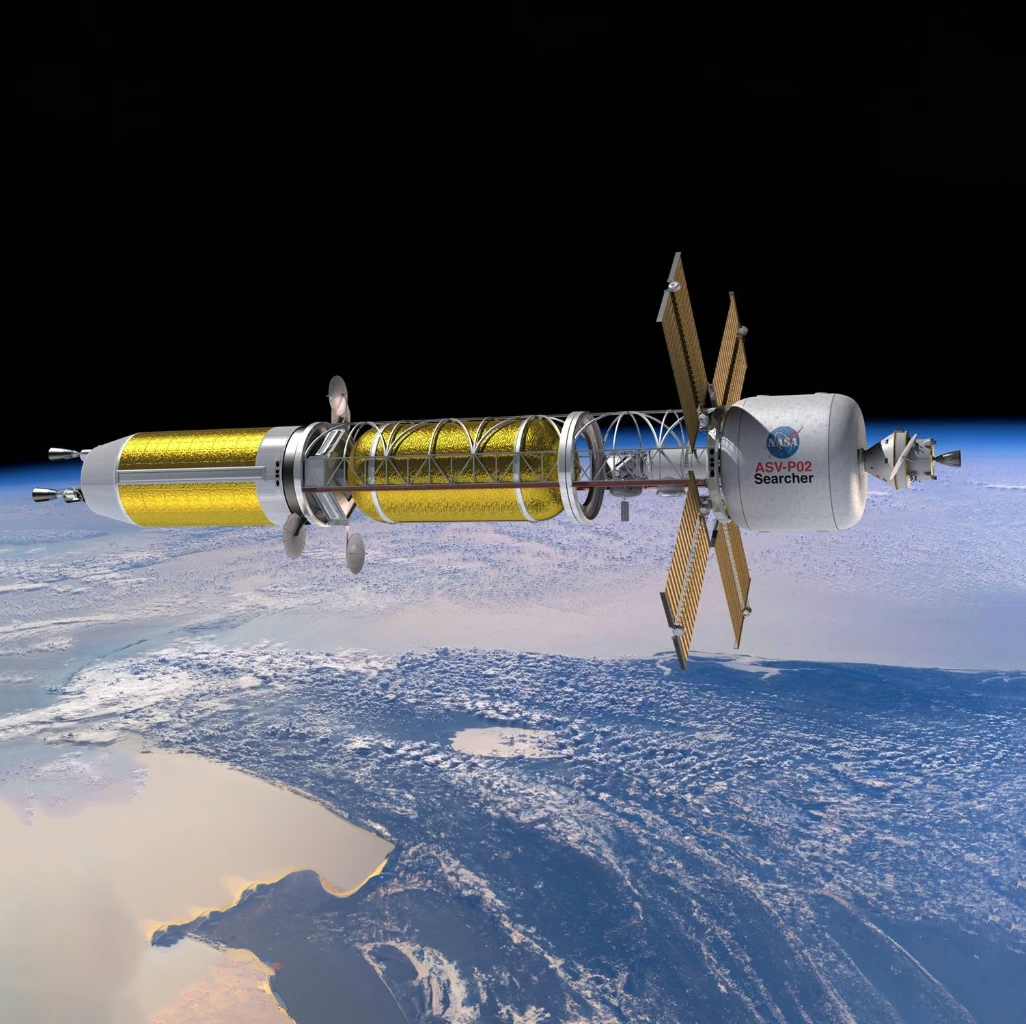
Meet The NASA Nuclear Propulsion Concept Which Could Get To Mars In Just 45 Days — Born To Engineer
A groundbreaking proposal could revolutionize space exploration, as NASA's Innovative Advanced Concepts (NIAC) program has selected a revolutionary nuclear
Even more excitingly, by introducing Wave Rotor technology this already startling achievement can be pushed even further – up to a potential 1400 – 2000 second specific impulse depending on the configuration.
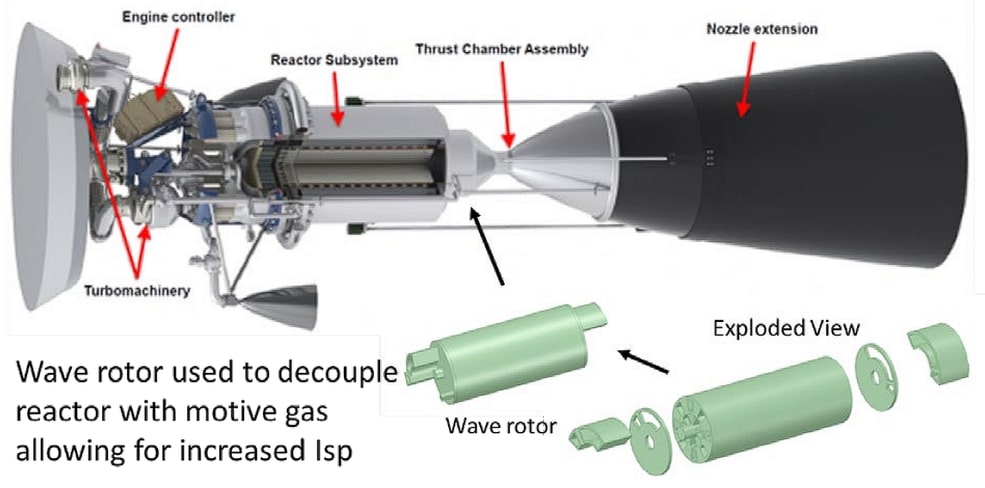
Nuclear Wave Rotor Propulsion Could Get Ten Times Chemical Rocket Speeds | NextBigFuture.com
Nuclear Thermal Propulsion (NTP) is one of the best options for manned missions throughout the solar system with over double the ISP of chemical rockets. A
 www.nextbigfuture.com
www.nextbigfuture.com
A novel Wave Rotor (WR) topping cycle is proposed that promises to deliver similar thrust as NERVA class NTP propulsion, but with Isp in the 1400-2000 second range. Coupled with an NEP cycle, the duty cycle Isp can further be increased (2800-4000 seconds) with minimal addition of dry mass. This bimodal design enables the fast transit for manned missions (45 days to Mars) and revolutionizes the deep space exploration of our solar system.
lost_treasures
ACCESS: Restricted
- Joined
- 14 September 2022
- Messages
- 15
- Reaction score
- 8
Plans and speeches are all nice and well but to me nuclear propulsion is still a pipe dream, sure one can theorize on Isp and ttm (time to mars, seems to be a common measure these days even though it makes zero sense, since the engine doesn't go to mars by itself and trajectories vary), but we have yet to see any serious funding/project/political will that could lead to nuclear becoming relevant again. I highly doubt that any kind of nuclear engine will be launched as long as there isn't a clear race to get somewhere first, on the other hand, with NASA's lunar plans becoming clearer by the day it seems plausible that the first nuclear reactor we will see will power a static moonbase.
Forest Green
ACCESS: Above Top Secret
- Joined
- 11 June 2019
- Messages
- 5,093
- Reaction score
- 6,674
That's not the picture I'm seeing.
Same here. The DRACO project aims to have NTP tested in orbit (2026/7) before any moon base reactor.That's not the picture I'm seeing.
lost_treasures
ACCESS: Restricted
- Joined
- 14 September 2022
- Messages
- 15
- Reaction score
- 8
I truly hope those deadlines are met but historically, most space projects, even "standard" ones technologically have had their fair share of delays and timetable changes. When discussing advanced/experimental projects it's a whole other deal in terms of time constraints, and that's without taking into account the political agenda. As for DRACO, we all remember the NASA competition that lead to boeing, lockheed and spaceX being selected for lunar landers, and with the Starship still years away i doubt that we will see a cislunar ferry ship until operations on the moon expand beyond the DSG. All in all I think (personal belief) that the optimstic timetable set for DRACO is mostly put in place to preemptively prepare the project for any setbacks so that the engine will be ready for a mid 2030's ship project that will be built around it.Same here. The DRACO project aims to have NTP tested in orbit (2026/7) before any moon base reactor.That's not the picture I'm seeing.
Similar threads
-
USAF interplanetary spacecraft concept using SPUR
- Started by Triton
- Replies: 15
-
General Electric Mars Mission Study July 19, 1967.
- Started by Michel Van
- Replies: 4
-
-
Interplanetary Travel Besides the Moon Projects
- Started by panzerfeist1
- Replies: 1
-
